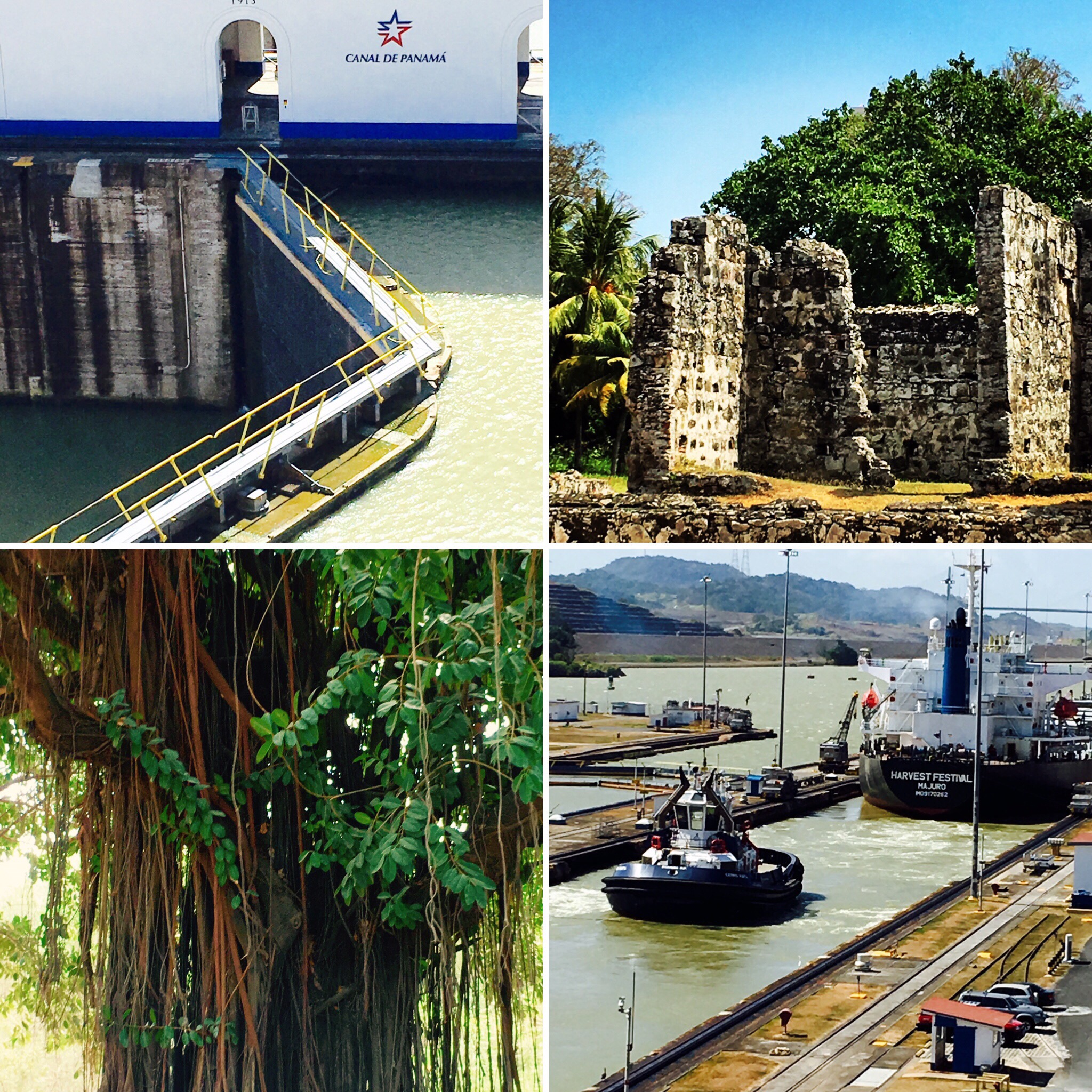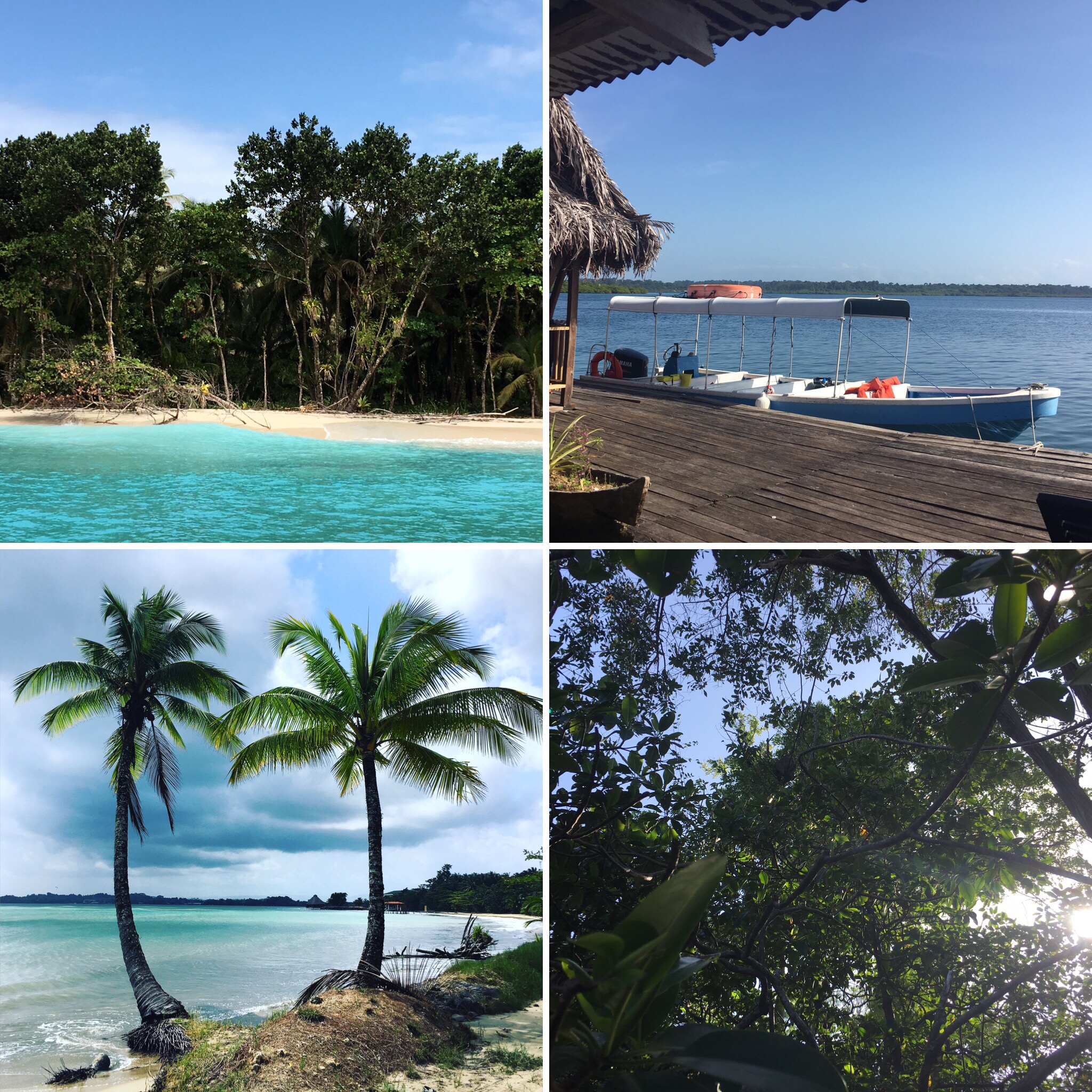I’m sitting just inside the doorway, feet propped on the windowsill. The glass door is open to cool down the unseasonably hot room. The hotel chair foiled my attempts to shove it onto the balcony, so I’m six feet from the balcony edge, which is 500m from the shore of Lake Baikal, which is the deepest lake in the world. It’s also the largest freshwater lake by volume (topping the combined total of North America’s Great Lakes), the oldest lake (25 million years old) and one of the world’s clearest (I miss Jeopardy). You’d think with all that deepensity it would be round but it is as long and narrow as a red hot chili pepper. The food, I mean.
The buzz of a lawn mower makes me glance up since the ground is a mix of snow and mud in this area. A motorized something is moving quickly from left to right across the frozen lake. The vehicle looks like a snowmobile from this distance but as I track its progress, it continues straight onto and over a fully thawed section of the lake. It’s a hovercraft.
We’re in Listvyanka, a tiny tourist outpost on the shore of this massive lake. Before leaving us briefly unsupervised, our guide cautioned that the test of safe ice thickness on the lake was to check if there were cars on it. We dismissed the idea of any intra-lakal stroll that relies on a thickness test performed by tourists. Just as we passed on trekking through the woods when he said to search our bodies for ticks post-hike. They come mean over here, he told us, causing paralysis and other awfulness containing words like hemorrhagic and encephalitic. And so I’m sitting just inside my room, gazing in silence at what must be the largest outdoor skating rink in the world.
—
While my trainmate was doing her 8000km trek from Western Ukraine to Vladivostok in one unbroken run, we’ve been getting off every couple of days to sleep in a real bed, shower and take in some towns along the way.
The “tour” is only three of us. The Aussie couple with me are lovely. Warm, friendly, easy-going and have an incredible aptitude for turning the stern-faced train attendants into smiling, laughing marshmallows. It takes me an extra day or two to get the same women to even crack a smile. I asked the Aussies their trick: they bribe the attendants with packets of flavoured hot chocolate or cigarettes, but I suspect it is as much their engaging manner.
A guide and driver meet us at each stop and shepherd us around the sights for a day or two before returning us to the train for the next leg. We break in a new driver-guide pair each time as no one accompanies us on the trains. It’s stress-free travel, without the cruise-like insulation from the places we are visiting.
In Moscow, we saw the Kremlin and metros and cathedrals and memorials to the Great Patriotic War (WWII) with Galina – who also reminded me Russians believe that foreigners who smile for no reason are insane. She wasn’t making the point to me specifically, I don’t think, just mentioning it in passing.
Ekaterinburg was more death-focused with Evgenys I and II, as we called our guide-driver combo. We walked around an open-air military collection of helicopters and planes and tanks and cannons belonging to the director of the adjoining industrial plant, an oligarch who is forgiven his oligarchiness since he employs a large workforce and donates to every local program and cause.
We stood silent at the memorial to Stalin’s repression – the site of the mass grave of 18,000 local people killed during the purges of the 1930s and uncovered during the construction of the new highway. Stalin implemented an execution quota system that meant when the town fell short of dissidents, they rounded up the intellectuals and people of religion and added them to the lists.
And we looked solemnly at the photos of the obliterated, stained wall against which Tsar Nicholas II and his family were shot then finished off by bayonet when the bullets ricocheted off jewels sewn into the ladies’ dresses for safe-keeping.
Irkutsk lightened up with Mark and Alexei. They took us along a river walk to listen to a church-bell-ringing virtuoso, into a cathedral that included a fresco of Bolsheviks shooting the Tsar and family (now canonized), and past the beginning of a pro-government demonstration to counter the rash of anti-government protests that swept Russia a few weeks ago.
And that brings us to Listvyanka and the hovercraft.
Unlike Ekaterinburg, where a van drove us across the train station’s parking lot to our hotel, Mark dispenses with Alexei and walks us up to the ski hill for a panoramic lookout then down into the town – a 9 km trek and 125 fitbit floors of elevation.
Mark leads us through the market with stalls of giant-eyed seal plush toys, Mongolian slippers, Baikal gemstones and pungent smoked omul, a whitefish cousin of the salmon.
“I can help you buy something,” Mark says.
“I’m good,” I say, “Will we have time for the hovercraft?”
We pass a large, submarine-shaped structure built of what looks like unseaworthy aluminum siding. “Do you want to visit the nerpanarium?” he says.
As much as an arium devoted to nerpas sounds intriguing, “No thanks,” I pass, “Hovercraft?” glancing hopefully to the lake.
People are doing things you don’t associate with lake fun: building ice fortresses, riding ATVs, driving a car, and cutting human-sized holes in the ice so a scuba man can pull the cigarette out of his mouth, put on his mask and drop into the depths to dive under an ice cap one- to three-feet thick. Besides, nerpa is Russian for seal and a seal aquarium in a shanty fake submarine is depressing.
I think Mark is getting fed up with us but he doesn’t seem to grasp how cool a hovercraft is. We finally convince him we can manage on our own and walk onto the ice. The warning he gave us earlier was unnecessary as he clarified that the ice at this point can hold 10 tonnes of weight.
The hovercraft is a cross between those swamp boats in the Florida Everglades or Louisiana bayous, the ones with the big fans on the back, and a large rubber raft. We climb on the pontoon and bend in half to step into the cabin. The hovercraft starts up, buzzing and vibrating, and fishtails its way onto the ice. And then we are speeding along, slipping a bit to one side, barely brushing the ice.
The hovercraft edges closer and closer to the line where thick lake ice meets the mouth of the unfrozen river. Then it’s ice-water-ice in quick succession to make us gasp. We stop and the driver, who has been texting the whole way, signals us to step out onto the solid surface to our left, away from the river’s edge.
Lake Baikal might be long and thin on a map but looking across its 40km span to the crumpled blue-white mountain range in the distance it seems round enough. And immense.
Siberia means “sleeping land” and away from the tourist activities and market sellers and tour guides cramming facts into our heads I can feel it – a silence as thick as the ice beneath my feet. Ice covering the oldest, largest, deepest, clearest lake in the world. Ice on which I jump up and down with an insane foreigner’s grin on my face.























